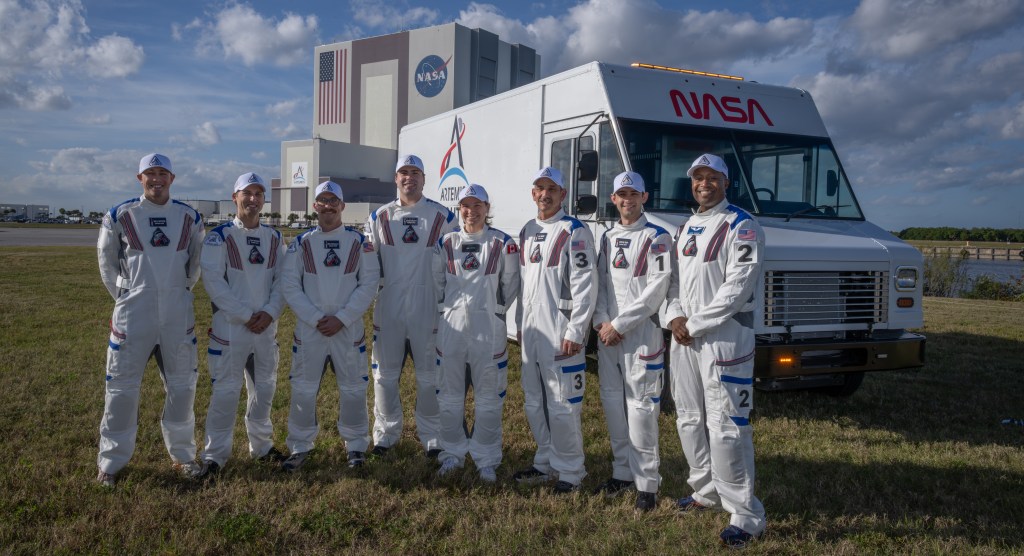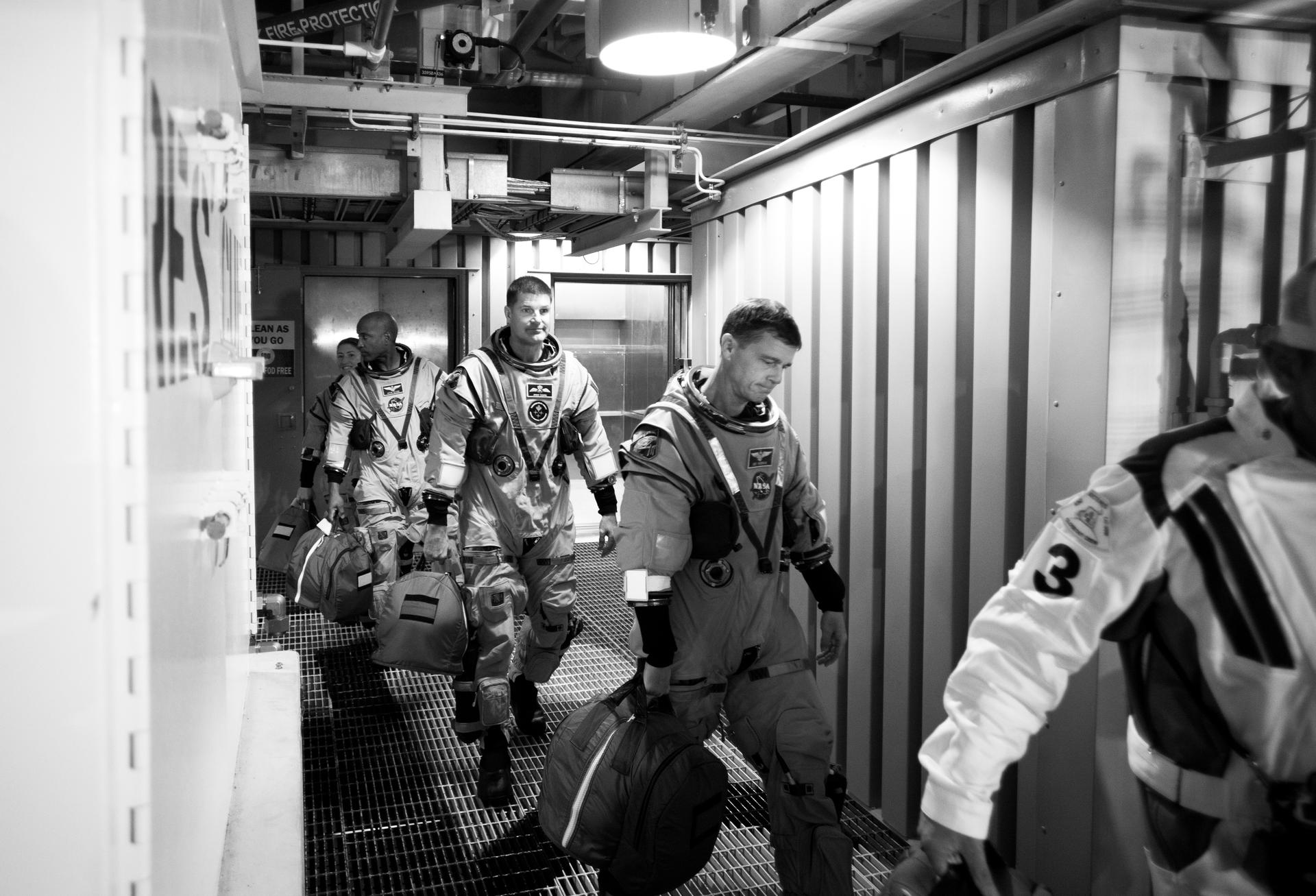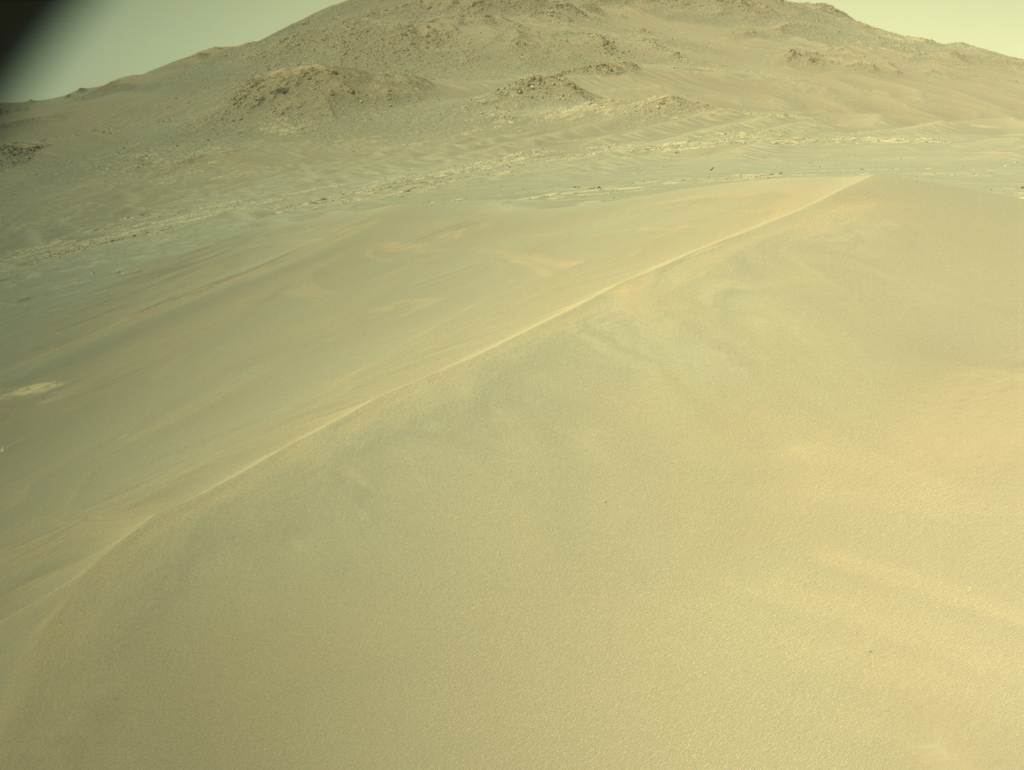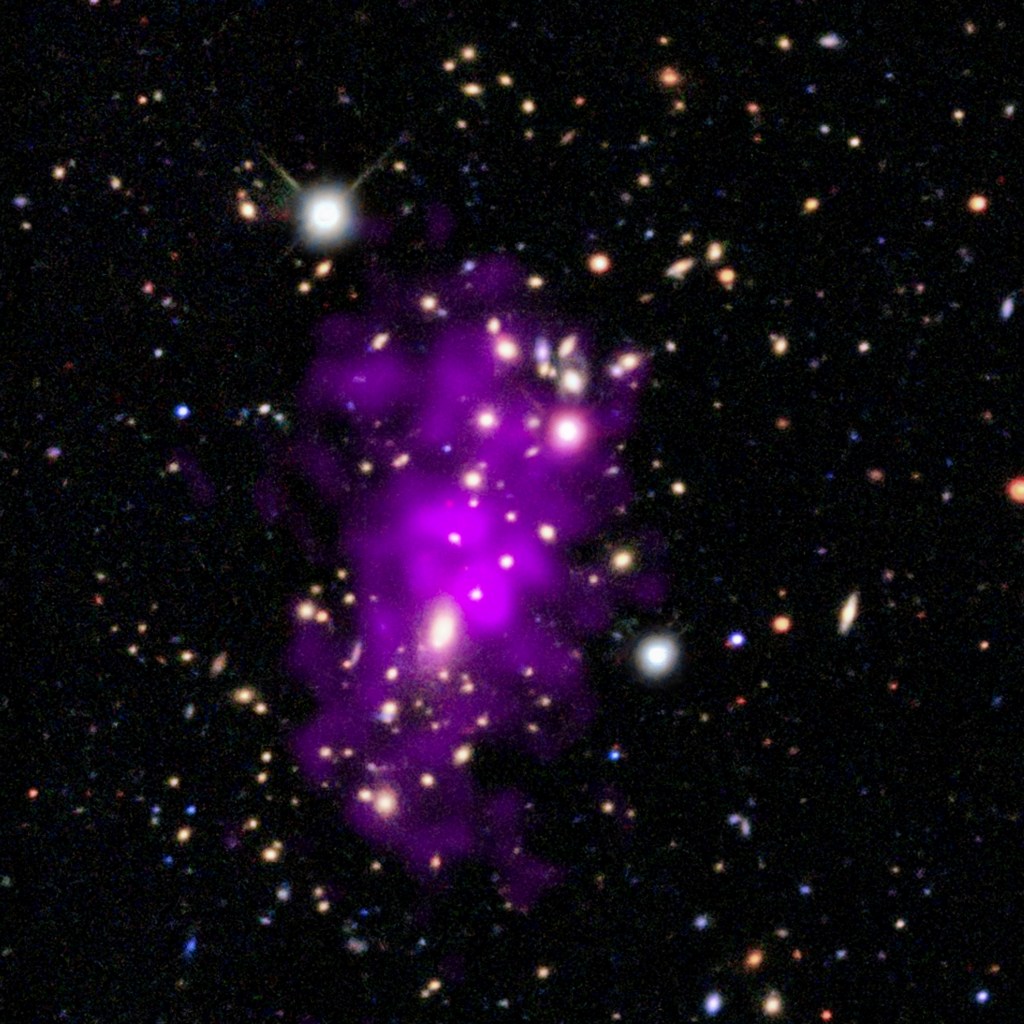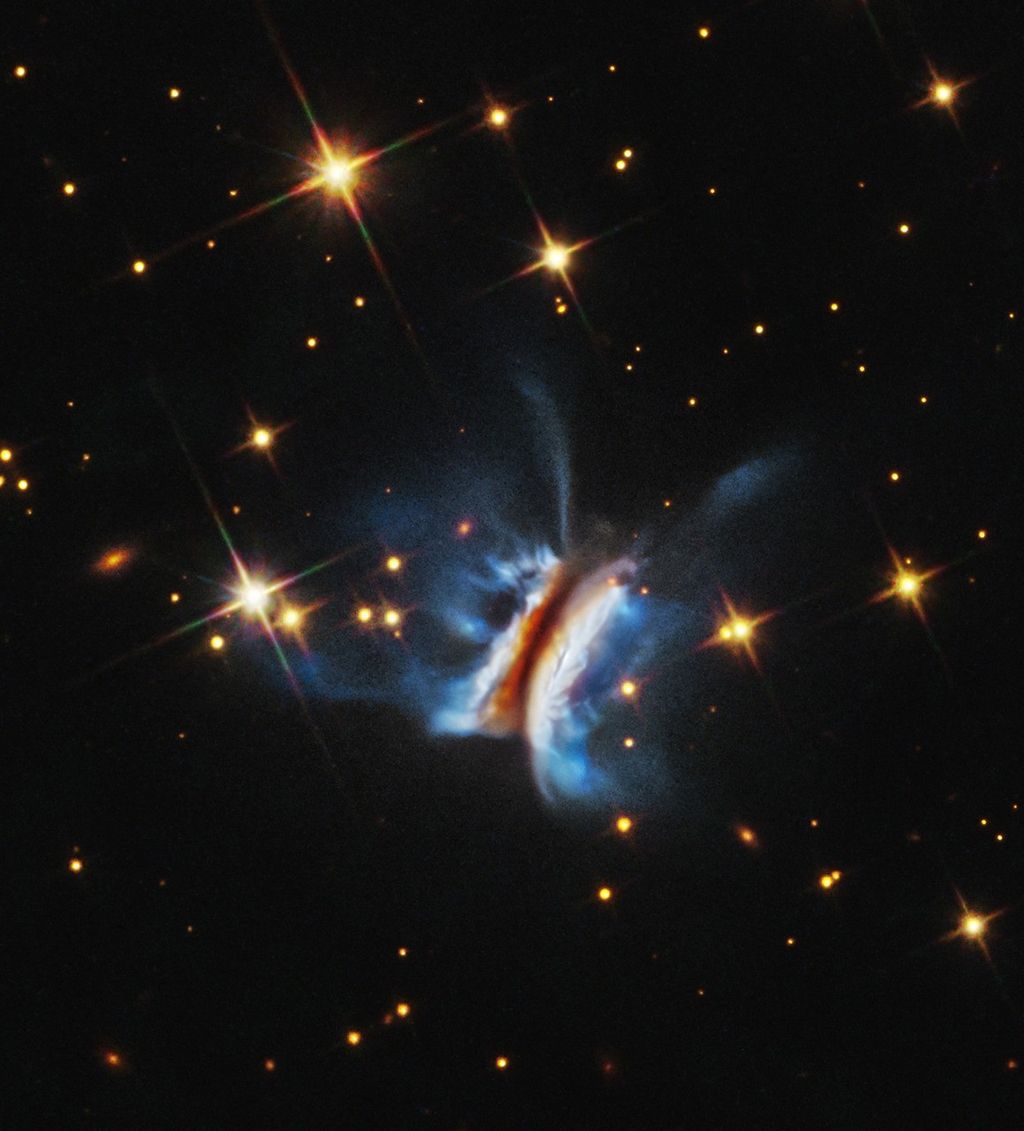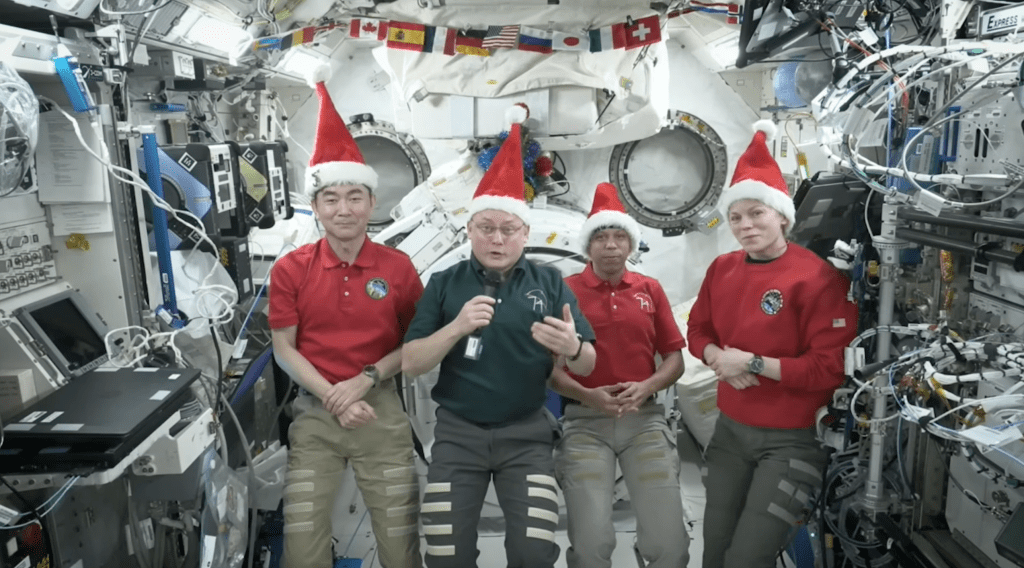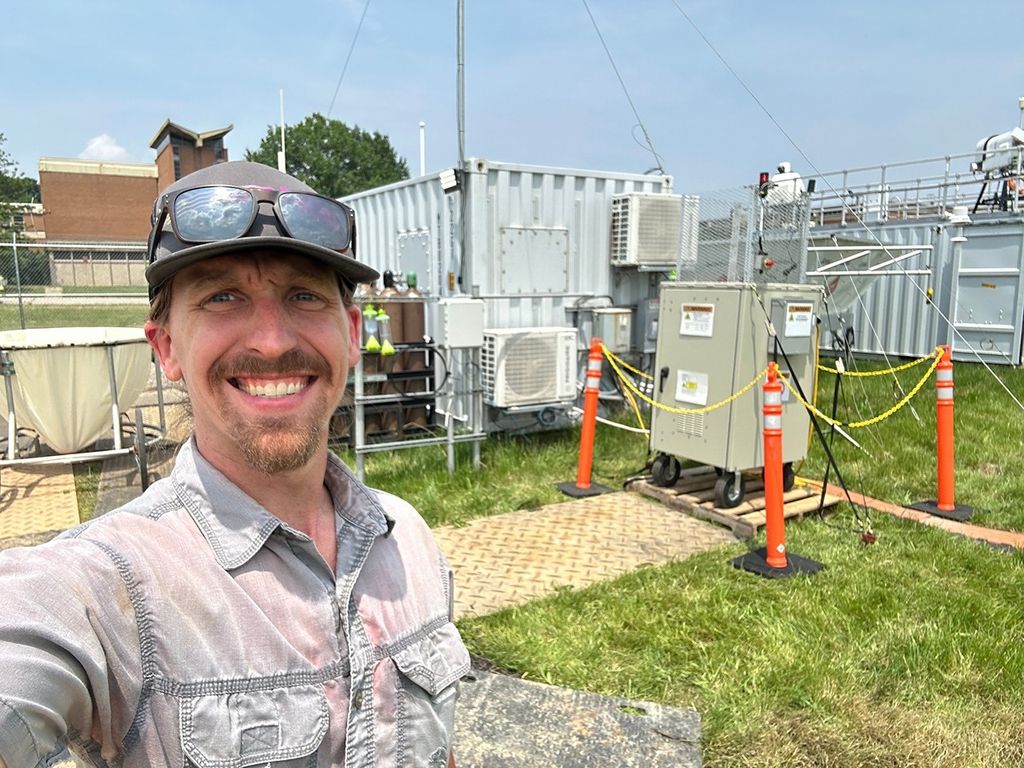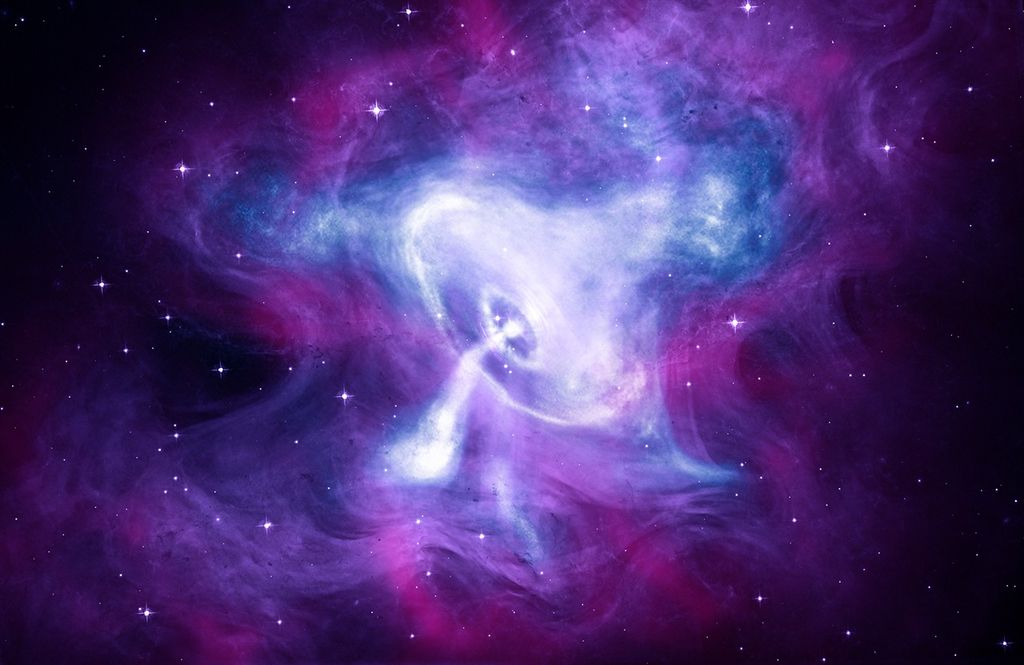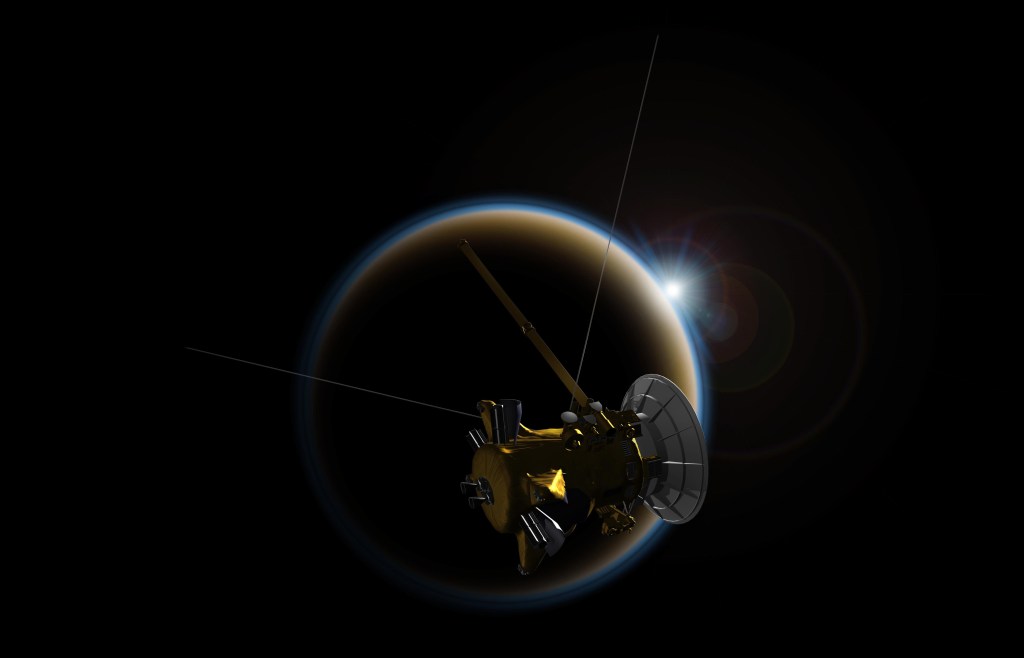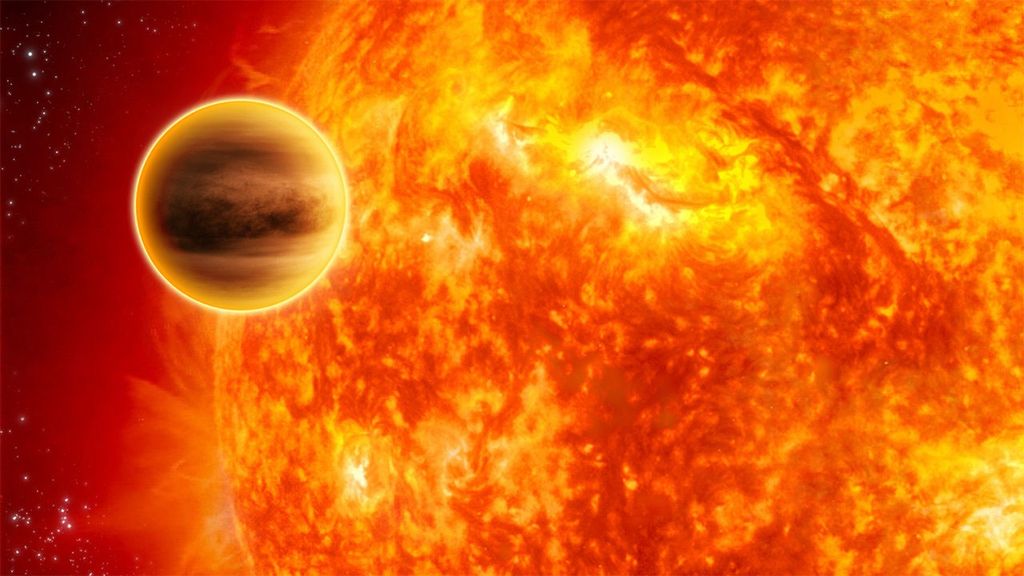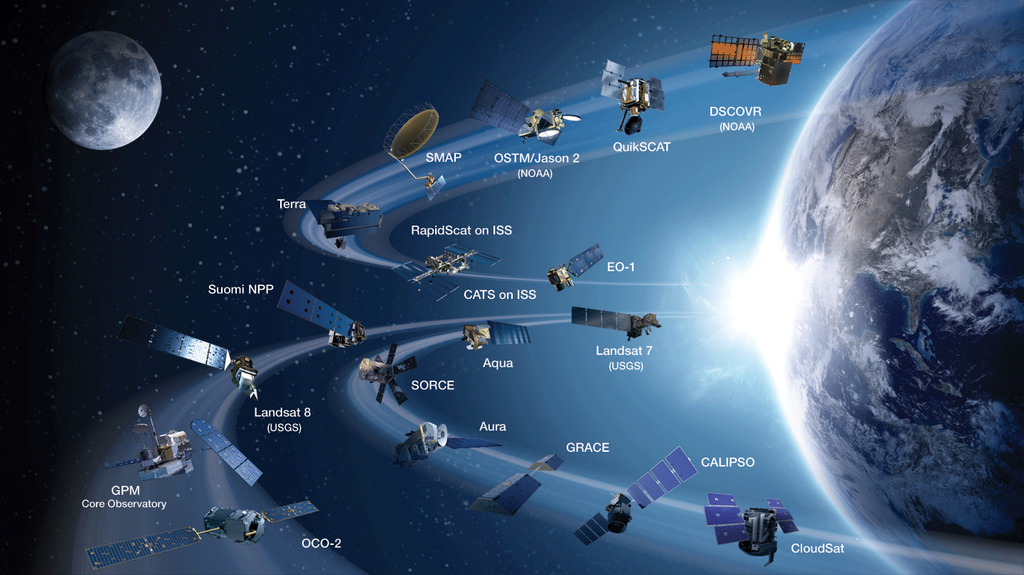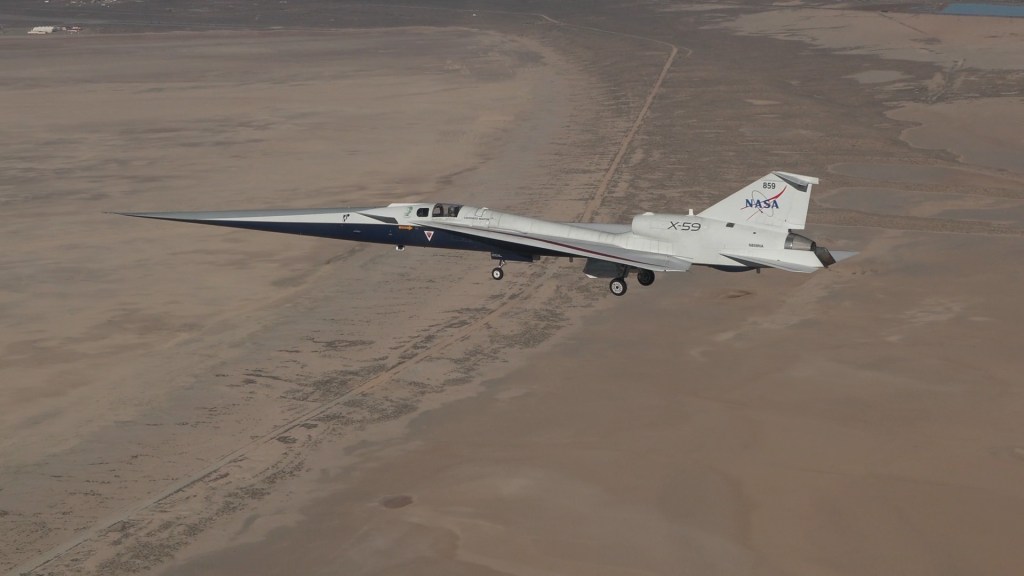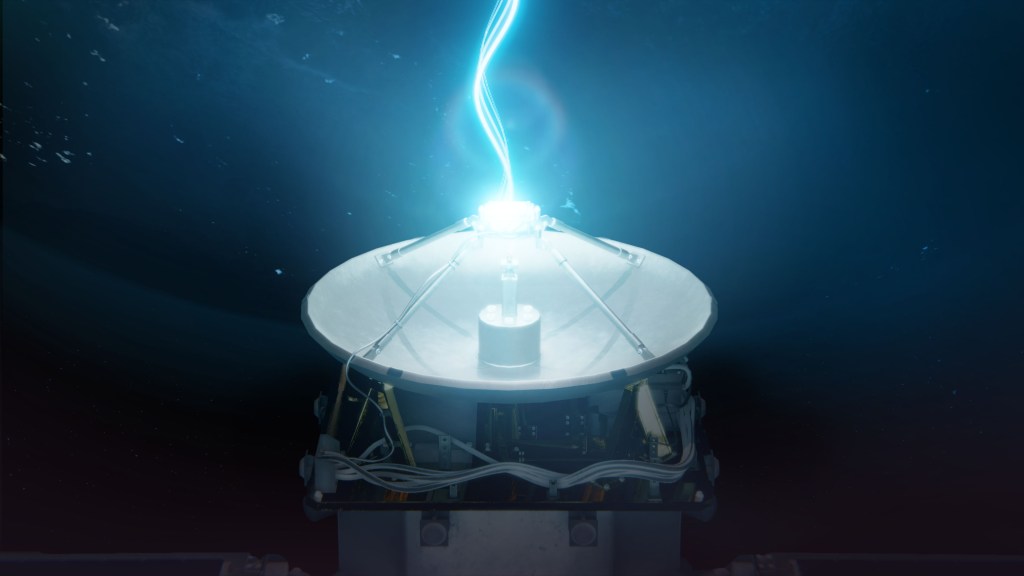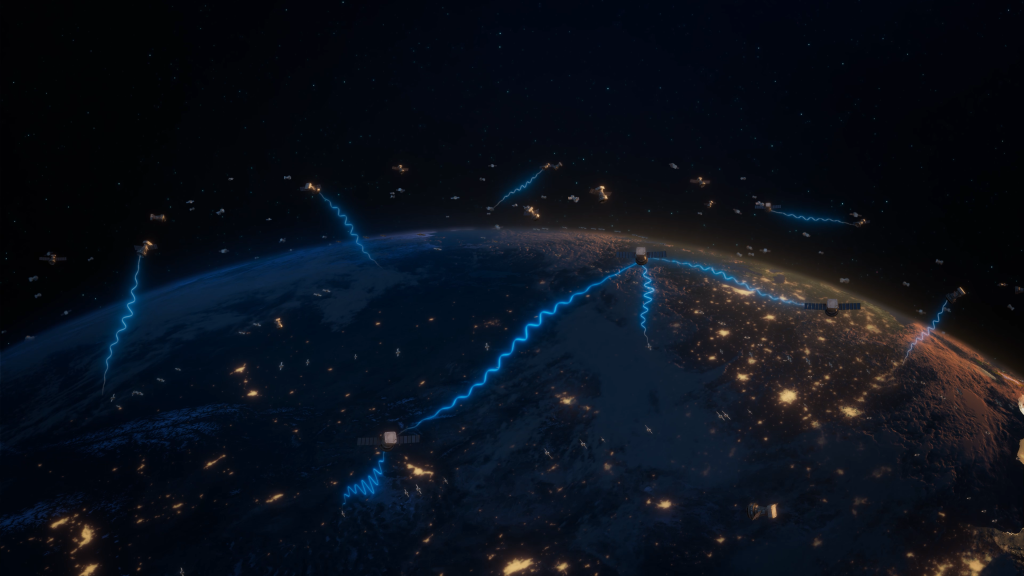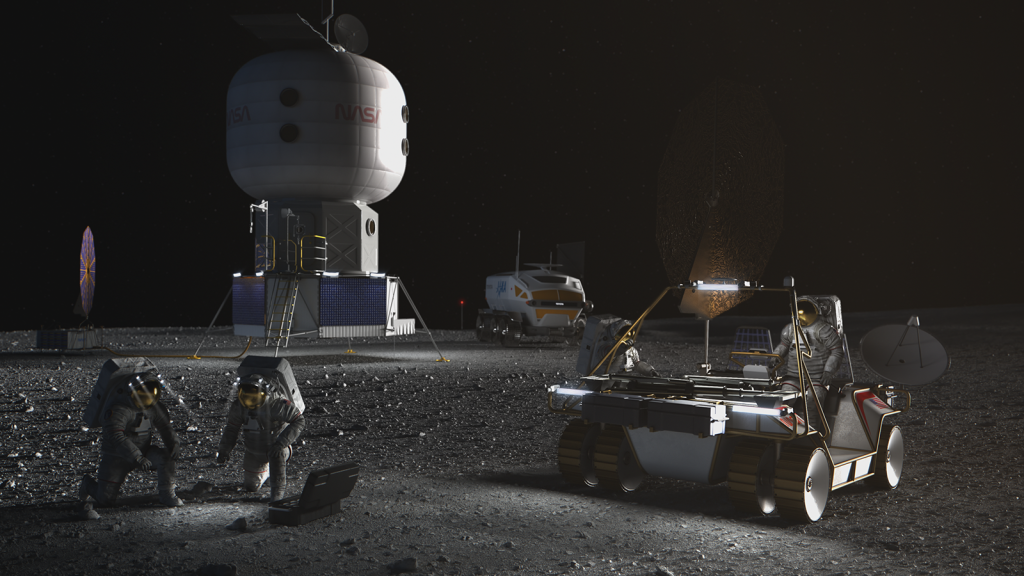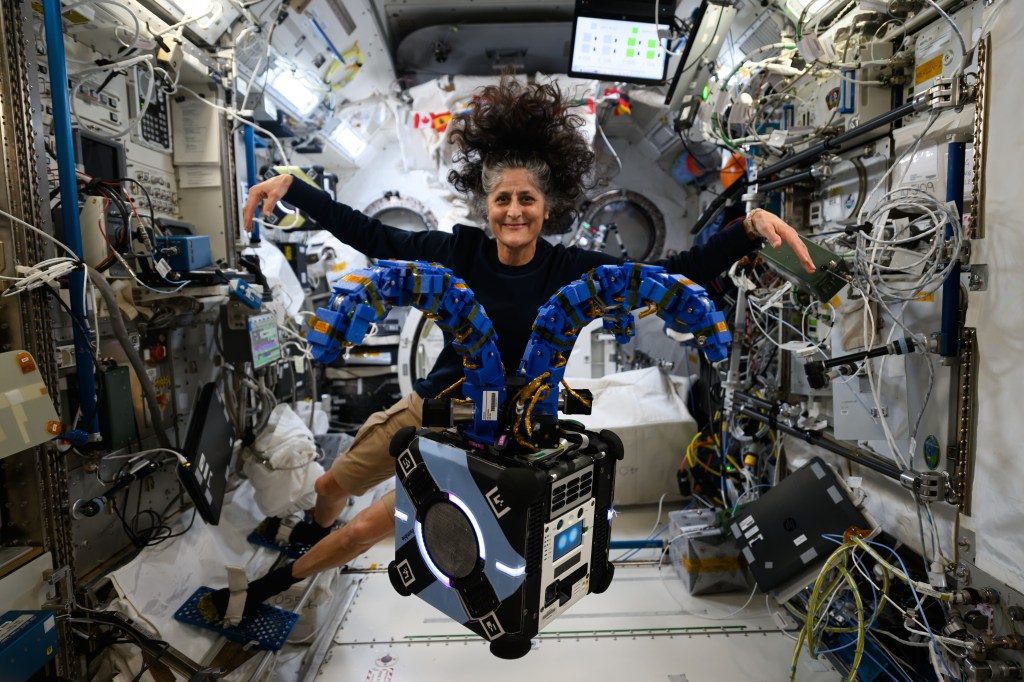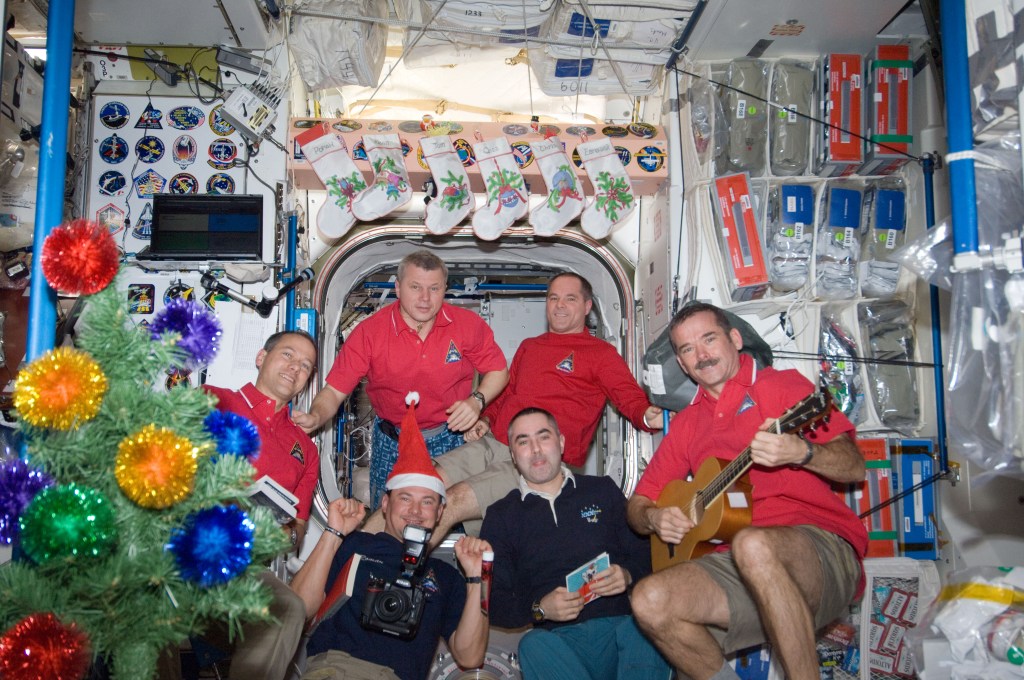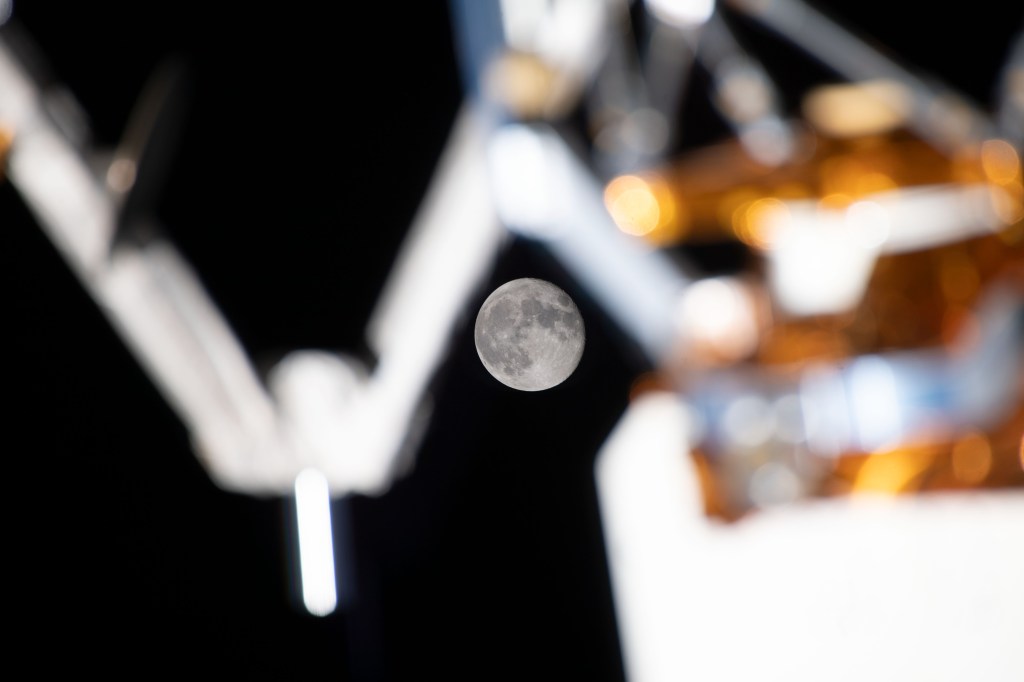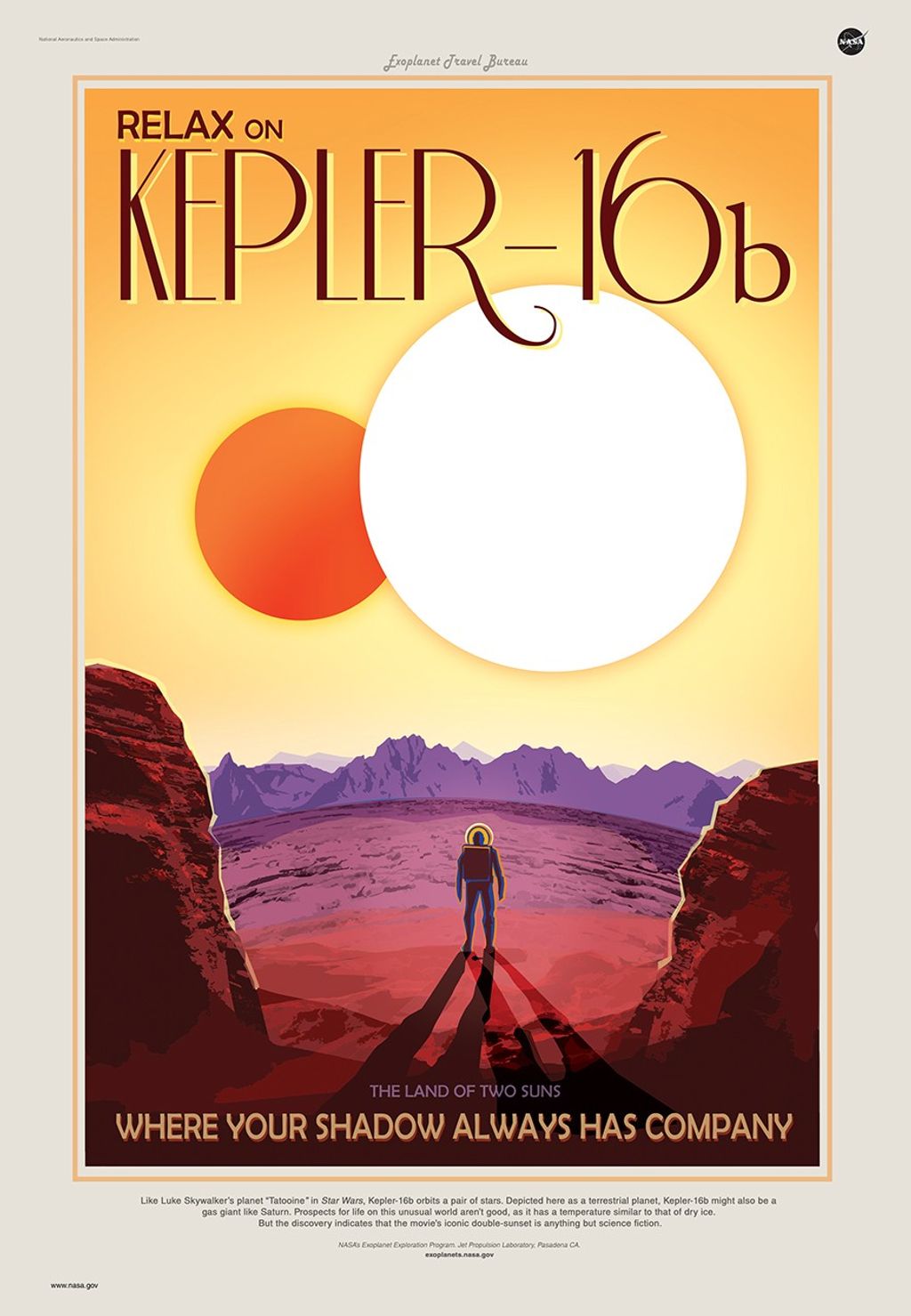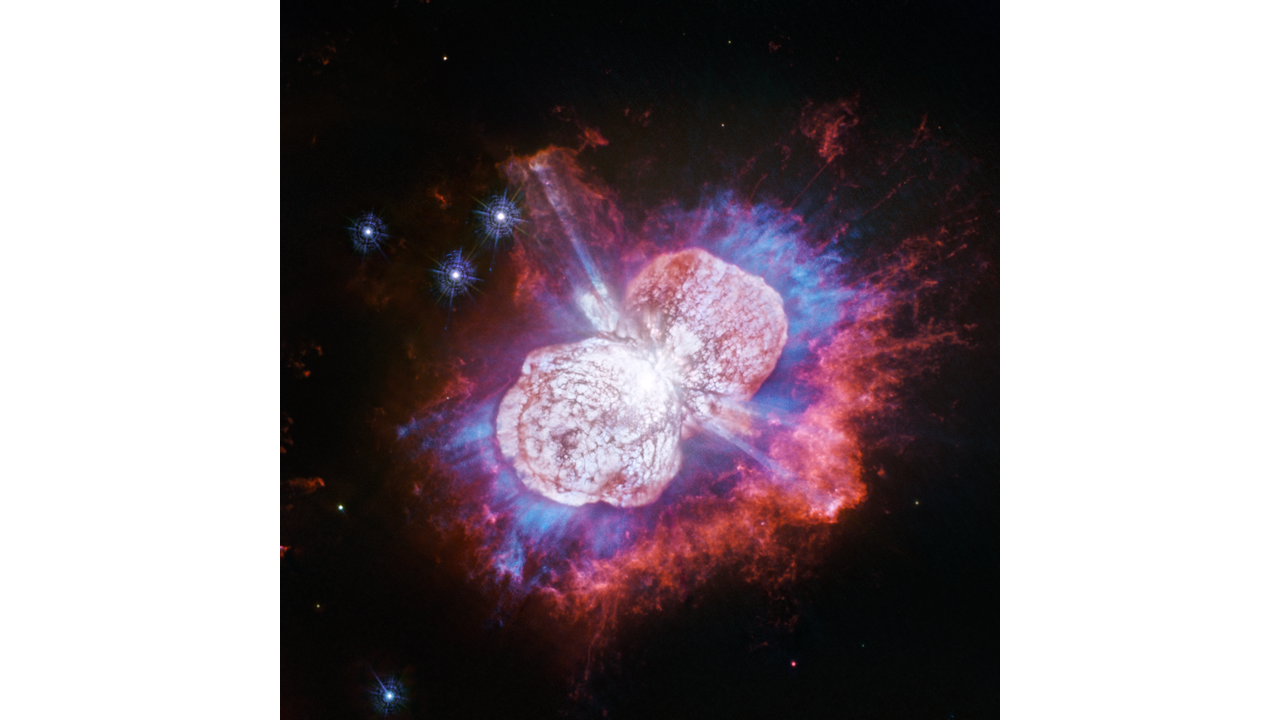Science and Technology Interest Group
Ultraviolet-Visible
The UV Science and Technology Interest Group (UV STIG) will work with the Cosmic Origins Program Analysis Group to collect community input and define long-term Cosmic Origins science objectives of the UV astronomy community that can be addressed by space-based observations.
About UV SIG
Ultraviolet and Visible Imaging
The ultraviolet and visible regions of the spectrum contain a vital suite of diagnostic lines that can be used to study diverse astronomical objects and phenomena that shape and energize the interstellar medium.
A primary goal for the STIG will be to identify a compelling suite of science cases to provide programmatic focal points that would justify the community to support investment in next-generation UV missions. UV STIG is open to any interested members of the community and we welcome all input.
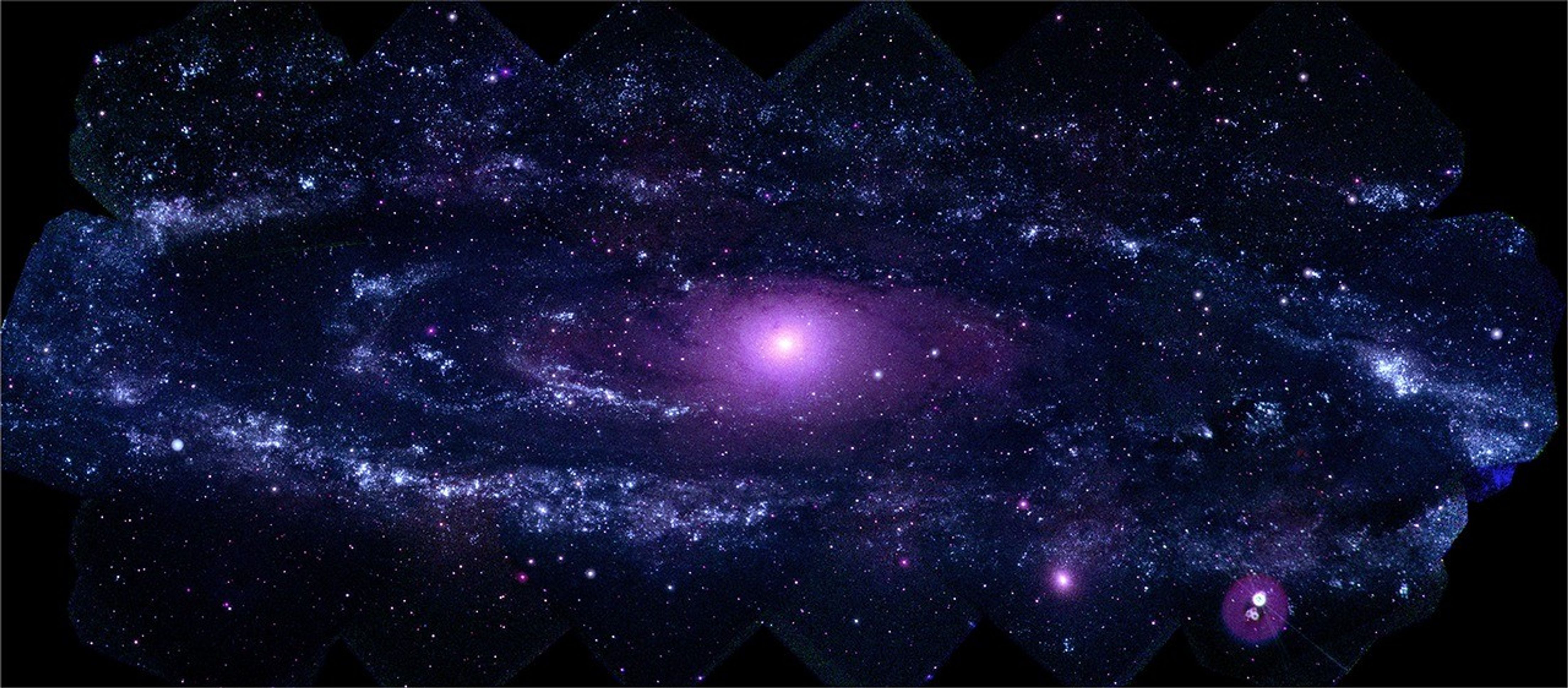
Group Charter
The ultraviolet (92 – 320nm) and visible (320 – 1000nm) (UVV) regions of the spectrum contain a vital suite of diagnostic lines that can be used to study diverse astronomical objects and phenomena that shape and energize the interstellar medium. It is a critical spectral range for tracing the physics of interstellar and intergalactic gas, the ionization of nebulae, the properties of shocks, the atmospheres and winds of hot stars, energy transfer between galaxies and their surrounding environments, and the engines of active galactic nuclei. This spectral range contains diagnostics that measure gas density, electron temperature, and energy balance between various modes of cooling. It is an unfortunate truth that many, if not most, of these diagnostics can only be observed outside the Earth's atmosphere, requiring facilities in space. Space-based observations also provide access to diffraction-limited optical performance to achieve high spatial resolution — in the ultraviolet and visible bands the Rayleigh criterion yields resolutions unavailable even to JWST for moderate sized apertures. Such spatial resolutions cannot currently be achieved from the ground over wide fields, a capability that many science programs need for sampling and survey work.
In order to provide continuing access in the future, new space-based missions will be needed to provide the core imaging and spectroscopic information in this important part of the electromagnetic spectrum. The technology that enables such access has been a high priority in technology development plans that have been developed by both the Cosmic Origins Program Office and Astrophysics Division at NASA, but a holistic approach to considering what is needed for a long-term technology roadmap has not yet been discussed widely within the community.
This UVV Science Interest Group [SIG #2] will work with the COPAG to collect community input and define long-term Cosmic Origins science objectives of the UVV astronomy community that can be addressed by space-based observations. A primary goal for the SIG will be to identify a compelling suite of science cases to provide programmatic focal points that would justify and energize the community to support investment in next generation UVV missions or facilities. Through the SIG, the community will update the existing community-based roadmap for technology development for missions of different scales. The SIG will facilitate communication that will merge the needs and desires of the science community with the achievements and plans of the technology community. The SIG activities are expected to occur over an extended period of time, with results reported at periodic intervals (quarterly or semi-annually) to the COPAG Executive Committee and the Astrophysics Subcommittee. The SIG is open to any interested members of the community and we welcome any and all input.
Quorum for Ultraviolet Exploration of Science and Technology (QUEST)
NASA's Cosmic Origins Program Ultraviolet Science and Technology Interest Group is developing a series of seminars devoted to assessing the readiness of various UV and Visible technologies to achieve the aspirational goals of Cosmic Origins science as we move into the post-release era of the Astro2020 Decadal Survey.
The Quorum for Ultraviolet Exploration of Science and Technology (QUEST) will convene virtually and approximately monthly for the purpose of developing prioritization metrics for the UV/Vis components of Cosmic Origins science goals as guided by the decadal debrief expected in 2021.
News & Events
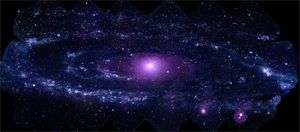
Group Charter The ultraviolet (92 – 320nm) and visible (320 – 1000nm) (UVV) regions of the spectrum contain a vital suite of diagnostic lines that can be used to study diverse astronomical objects and phenomena that shape and energize the…

We are pleased to announce a workshop on ultraviolet astrophysics and instrumentation to be held May 7th – 9th (with optional JPL tour on May 10th) in the von Karman auditorium at the Jet Propulsion Laboratory, Pasadena, CA. This workshop…

QUEST Seminar 12 The Smallsat Technology Accelerated Maturation Platform (STAMP): Advancing Ultraviolet Science, Workforce, and Technology for the Habitable Worlds Observatory Kevin France (CU) NASA’s Great Observatories Maturation Program (GOMAP) will advance the science definition, technology, and workforce needed for…
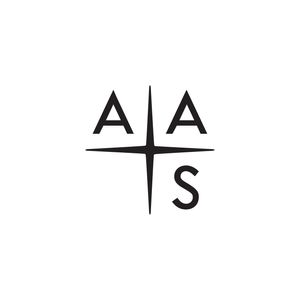
Saturday January 6, 2024 Physics of the Cosmos & Cosmic Origins + Astronomy on Tap event Time Topic Speakers 7:00pm – 9:00pm Supermassive Black Holes: Monsters of the Universe. Ryan Hickox (Dartmouth College) 7:00pm – 9:00pm Trivia Game 7:00pm –…

QUEST Seminar 11 : Double Header on Photothermal UV Detectors Microwave Kinetic Induction Detectors (MKIDs) Ben Mazin (UCSB) Optical and near-IR Microwave Kinetic Inductance Detectors, or MKIDs, are superconducting detectors that can tell you the energy and arrival time of…

Sunday January 8, 2023 NASA Joint Program Analysis Group (Joint PAG) | 3:00pm – 5:00pm PT | 4:00pm – 6:00pm MT | 5:00pm – 7:00pm CT | 6:00pm – 8:00pm ET |Room: 4C-3 Keynote speaker Mark Clampin, NASA Astrophysics Division…
Leadership Council
| Stephan McCandliss Johns Hopkins University | Camden Ertley SWRI | Allison Youngblood GSFC | Emily Witt University of Colorado, Boulder |
| Jason Tumlinson STScI | Derek Buzasi Florida Gulf Coast University | John Hennessy JPL | Keri Hoadley University of Iowa, Iowa City |
| Sarah Tuttle University of Washington, Seattle | Kevin France University of Colorado, Boulder | Erika Hamden University of Arizona | Shouleh Nikzad JPL |
| Jason McPhate Berkeley |
How to Participate
We invite participation from the community, particularly from early-career researchers and those from under represented backgrounds in astronomy. Please contact us for more information about our activities and mission, and how you can get involved.
Contact Us about How to Participate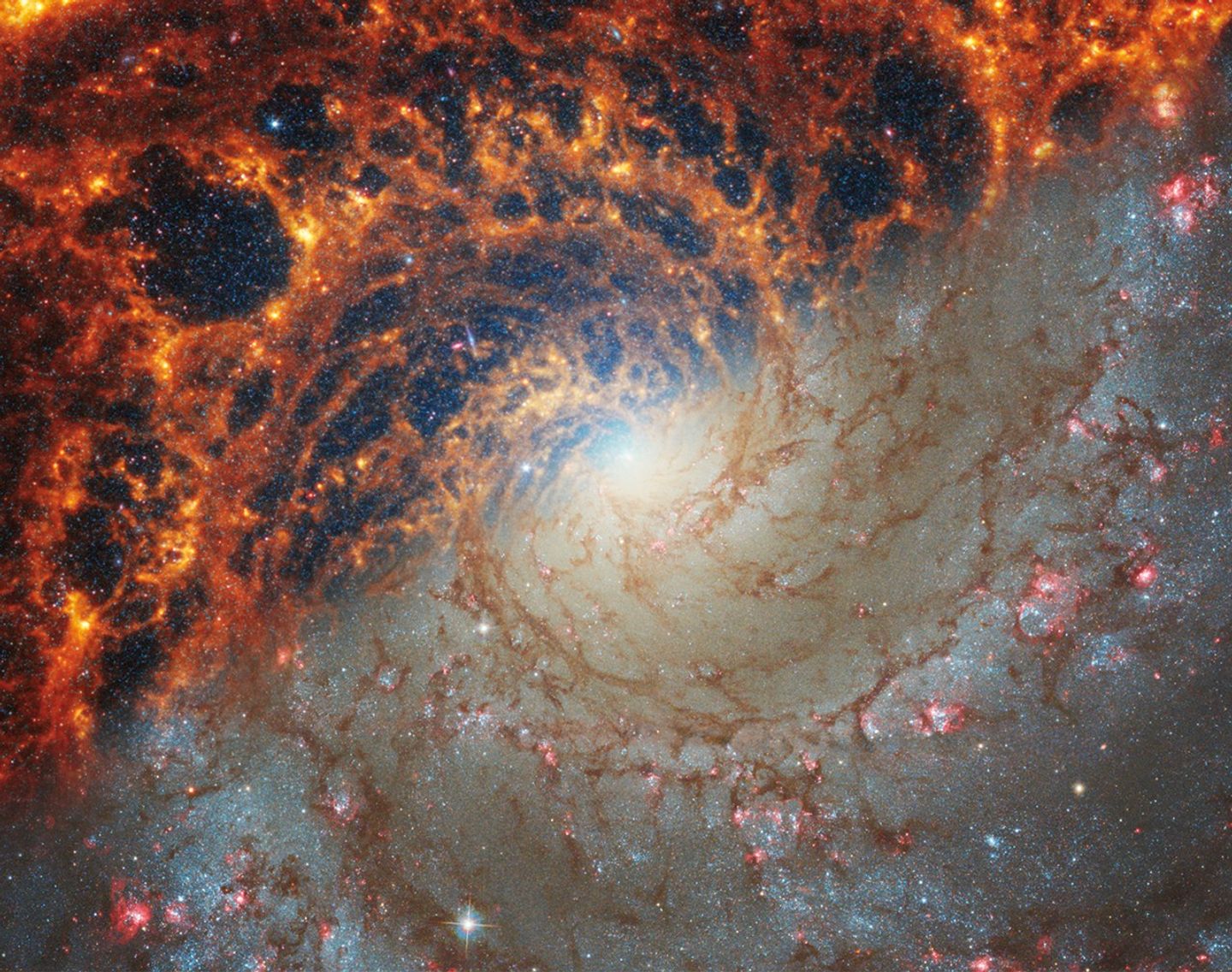
News Straight to Your Inbox
Subscribe to your community email news list
We will never share your email address.


